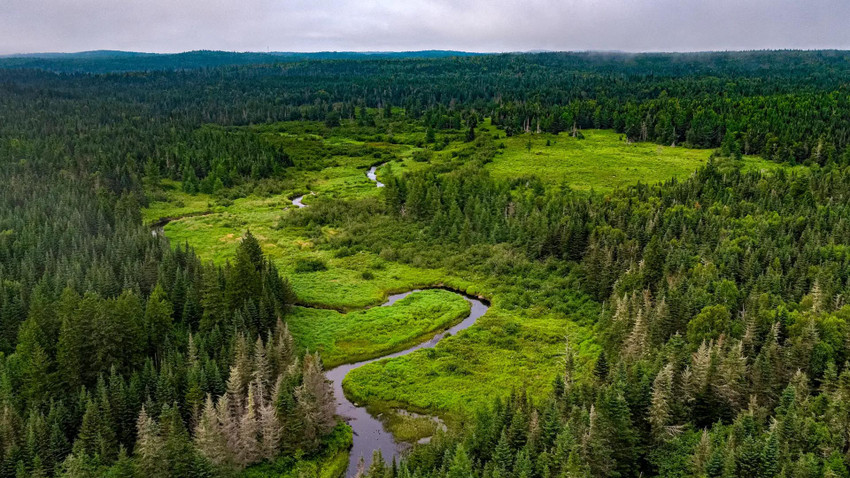New England Forestry Foundation uses Silky Saws to Manage Forests for Timber
In the 1930s in New England, a group of outdoor lovers who were also foresters grew concerned about the overharvesting of the region’s private forestlands. For landowners, timber harvesting is a money maker, but the greatest returns for landowners come from a forest that’s healthy and well cared for.
That crew formed New England Forestry Foundation (NEFF), a charitable organization devoted to practicing, teaching, and promoting sustainable forest management in New England.
NEFF is still going strong today.
Mike Redente from Bangor, Maine, is NEFF’s staff forester. He leads oversight of 160 parcels and 44,000 acres of forest across New England. As a forester, he spends a lot of time with boots on the ground in the woods. He also contracts loggers.
“I make sure they’re following NEFF’s silviculture practices, which are geared towards timber stand improvement, work that helps grow healthy, sustainable forests,” said Redente. “Those practices produce high-value forest products and increase the value of the forest when we’re not doing commercial timber harvests.”
Redente says that the key to managing forests for timber is being in the woods and finding winners and losers amongst the trees.
“When trees are an inch to four inches in diameter, we decide on which ones to keep,” said Redente. “It’s like weeding the garden. If you have a forest of white pine, balsam fir, and American beech, if you choose white pine to be the winner, that white pine will grow faster, sequester carbon faster, and be a future forest product faster than if you let nature decide. By managing forests, we are accelerating the time to get to a harvest.”
Redente says that one of the critical tools he uses for selective harvesting is his Silky Bigboy.
“A lot can be done with a chainsaw, brush saw, or foldable saw,” said Redente. “I love Silky’s Bigboy because it’s well-made, sharp, and light. I don’t need to carry fuel to operate the saw. I don’t have to change air filters. There is nothing to break down. It fits in my back pocket. I can get into a dense stand where it’s hard to move with a chainsaw and it cuts through most things under 4” in diameter like butter. I prefer it over chainsaws and brush saws in most cases.”
Redente and his forest techs go into the woods, select crop trees, and release them from competition. Redente also uses his saw to prune trees and to clear out competing vegetation around the ”winner” trees.
“We prune branches as high as we can reach so that the tree grows clear wood for the remainder of its life. We may not harvest it until it’s 24” in diameter, and if we’ve pruned it when it was four inches in diameter, we’ll have 22” of clear lumber. The first intervention is done with a Silky saw. Then we come back in six to seven years and use a combination of pole pruners and manual pole saws to limb branches higher on the tree.”
When Redente can, he also uses his saw for trail work. He says the teeth are great for cutting down grape vines and other invasives, and so much more.
“Silkys are easy, reliable, and essential for the kind of forestry we do. I’m glad to carry the Bigboy. I’d love to arm all my forest techs with Silky saws. I can’t imagine a better fleet of tools to help NEFF accomplish its smart forestry and climate work.”
Learn More about The New England Forestry Foundation below.

